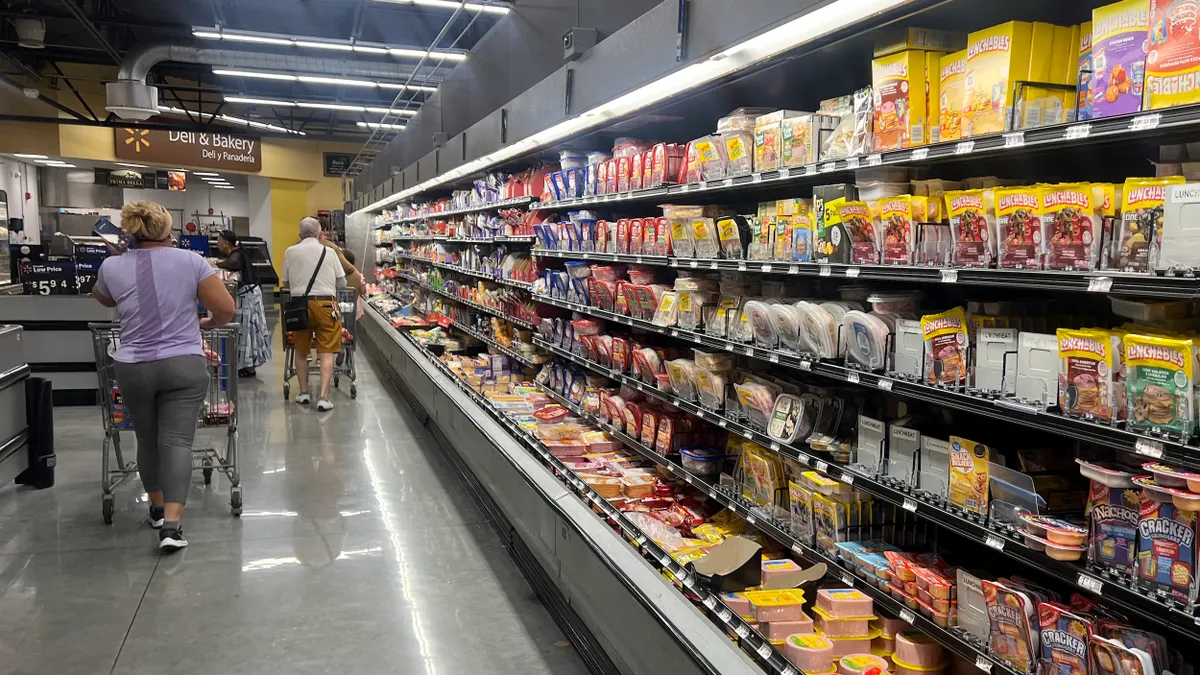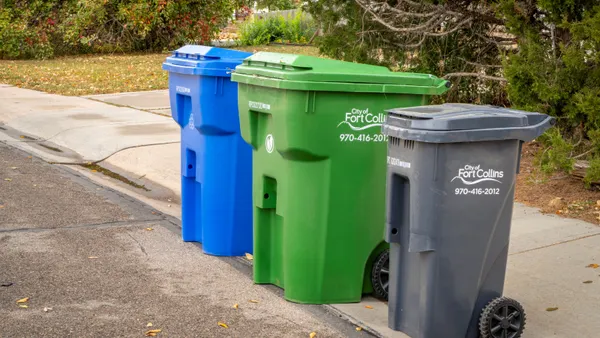Dive Brief:
- The Oregon Liquor Control Commission reported that 68% of beverage bottles were redeemed for their 5-cent deposit in 2014, down nearly three points from 2013.
- Under a 2011 law, the deposit is slated to rise to 10 cents on Jan. 1, 2017, if the redemption rate does not stay above 80% for two consecutive years.
- In the 1990s, nearly all bottles were returned for a refund. The downward slide is blamed on the growth of curbside recycling and consumer frustration with grocery store redemption rooms.
Dive Insight:
Oregon adopted its bottle law in 1971, but advocates fear a backlash if the deposit is doubled.
"The dime will get the consumer’s attention in a big way," said Vicki Berger, a former state representative from Salem. "Unfortunately, it will probably cause a backlash against the bottle bill, which I don’t want to see."
A bright spot for consumers has been the installation of unified redemption centers, which aim to be cleaner and faster than those in grocery stores.The move has increased redemption rates within a 3.5-mile radius, though by varying degrees, said Cherilyn Bertges, a spokeswoman for Oregon Beverage Recycling Cooperative.
In order to keep recycling rates high, the industry will need to continue addressing the convenience of consumers in order for participation in programs such as bottle depositing.








